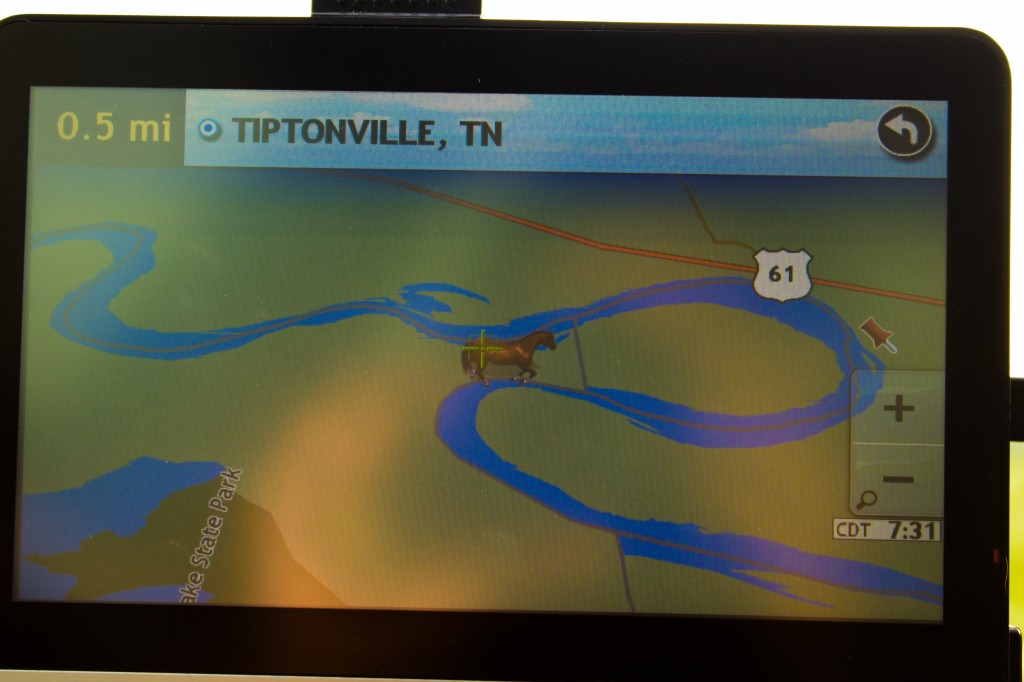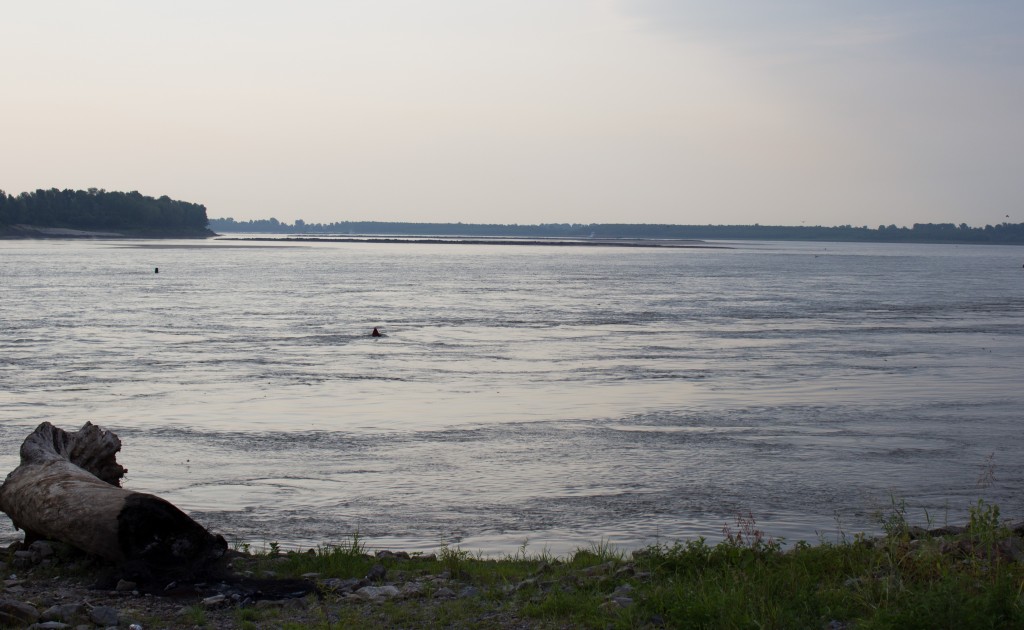Tiptonville, TN 38079
December 16, 1811, the mighty Mississippi was changed. The strongest earthquake in American history happened around 2 a.m., and I was told it rang the church bells in Boston. When this earthquake happened in New Madrid, Missouri, it created 12-foot wide cracks in the earth and in one place, the earth dropped down twenty feet. The tree-tops were now even with the surrounding land.
With a mountain of aftershocks striking everyday, the residents of the area fled to the country, believing they would be safer with a distance between them and the river. On January 23 , 1812 another earthquake struck, and was just as violent as the first. The earth was in a continual agitation, and the river had waves like the sea.
On February 7, 1812, at 4:00 a.m. the final quake struck. The Mississippi River started to recede from the banks and rose up like a mountain, leaving boats on the bare mud. The captains of said boats took this opportunity to abandoned ship and escape their demise.
With the cracking, crunching and movement of the land, the Mississippi River started to flow backwards and did so for 10-24 hours. An elderly fisherman I spoke with at breakfast, told me a steamboat captain, who was going down the Mississippi River had to hold on to his hat as he rode the wave back up the river.
With the river now flowing backwards, the water had to go somewhere and over the banks it went. Just to the East of the Mississippi River sets a little town named Tiptonville, in Tennessee. This little town is now the proud owner of an 18-thousand-acre lake, and the home of Reelfoot Lake State Park.
The best places you will find are on the atlas following the red line!
[donation-can goal_id=’keep-me-on-the-road’ style_id=’default’ show_progress=true show_description=true show_donations=false show_title=true title=”]











Socialize